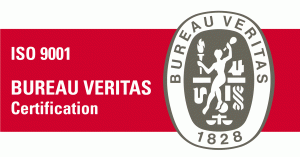Author: Purwiyatno Hariyadi;Kirk L. Parkin
Abstract
Oxidative stress was evoked in the peel tissue of cucumber fruits during chilling at 4°C in the dark. Within 2 days of chilling, tissue reduced glutathione (GSH) and thylakoid α-tocopherol (αToc) levels decreased by 28% and 50%, respectively. Tissue ascorbic acid (AA) and thylakoid β-carotene (CAR) levels decreased by 35% and 60%, respectively, between 5 and 7 days of chilling. Rewarming generally had no effect on, or led to further declines in, the levels of these antioxidants. Lipophilic fluorescent products of lipid peroxidation began to accumulate in polar lipid fractions isolated from peel tissue thylakoids after 5–7 days of chilling or chilling/rewarming. This was accompanied by a 2-fold increase in the phospholipid:glycolipid ratio and a slight decrease in the degree of unsaturation of the glycolipids. Measurements of electrolyte leakage of peel tissue indicated that irreversible injury in cucumber fruits required at least 7 days of continuous chilling. None of these changes occurred for fruit held at 13°C in the dark. These results indicate that oxidative stress is an early response of cucumber fruits to chilling and that lipid peroxidation may contribute to the development of chilling injury.



